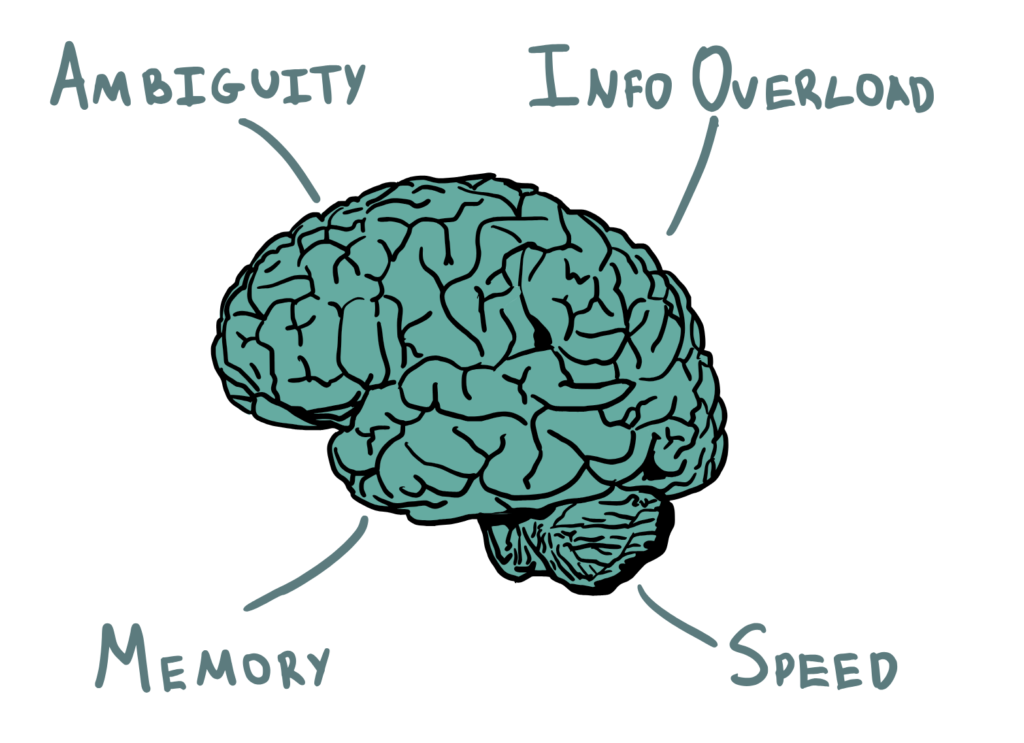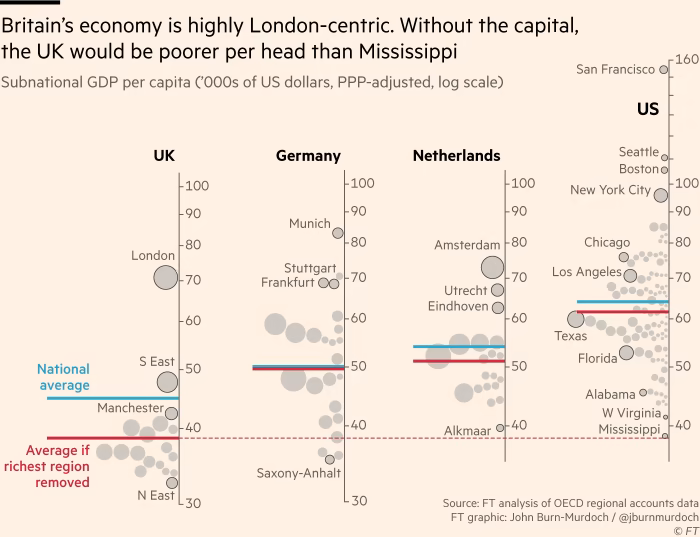Today I learnt of tsundoku: 19th-century Japanese slang for “the phenomenon of acquiring reading materials but letting them pile up in one’s home without reading them”.
Yep, that’s me—with physical books, sure, but especially with ebooks.
I love books as much as the next person, but I’m no bibliomaniac. Instead, I’m reminded of the more aspirational antilibrary.
The antilibrary is a personal collection of unread books—a tribute to everything you don’t yet know. The more it grows, the more it reflects your curiosity, not your knowledge. It’s less about ownership than a constant invitation or reminder to learn.
This is a great way to think about one’s personal “library”—and it handily removes some of the guilt of not having read all my books while acquiring more and more.
The concept originates with Umberto Eco (coined, I believe, in On Literature), but was popularised by Nassim Nicholas Taleb in The Black Swan, as a great introduction to that eponymous concept:
People don’t walk around with anti-résumés telling you what they have not studied or experienced, […] but it would be nice if they did. Just as we need to stand library logic on its head, we will work on standing knowledge itself on its head. Note that the Black Swan comes from our misunderstanding of the likelihood of surprises, those unread books, because we take what we know a little too seriously.
Let us call an antischolar—someone who focuses on the unread books, and makes an attempt not to treat his knowledge as a treasure, or even a possession, or even a self-esteem enhancement device—a skeptical empiricist.
As a postscript, while researching for this post, I often saw the below quote attributed to Eco, which neatly encapsulates his antilibrary idea. However, try as I might, I could not verify the source, and so I have my doubts about its authenticity (personally, I also think it doesn’t read like Eco’s writing). No doubt, though, that it evolved from his ideas. Perhaps just not from the man himself.
It is foolish to think that you have to read all the books you buy, as it is foolish to criticize those who buy more books than they will ever be able to read. It would be like saying that you should use all the cutlery or glasses or screwdrivers or drill bits you bought before buying new ones.
There are things in life that we need to always have plenty of supplies, even if we will only use a small portion.
If, for example, we consider books as medicine, we understand that it is good to have many at home rather than a few: when you want to feel better, then you go to the ‘medicine closet’ and choose a book. Not a random one, but the right book for that moment. That’s why you should always have a nutrition choice!
Those who buy only one book, read only that one and then get rid of it. They simply apply the consumer mentality to books, that is, they consider them a consumer product, a good. Those who love books know that a book is anything but a commodity.



